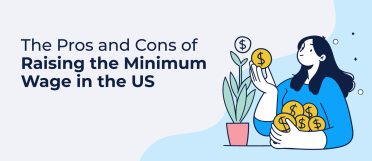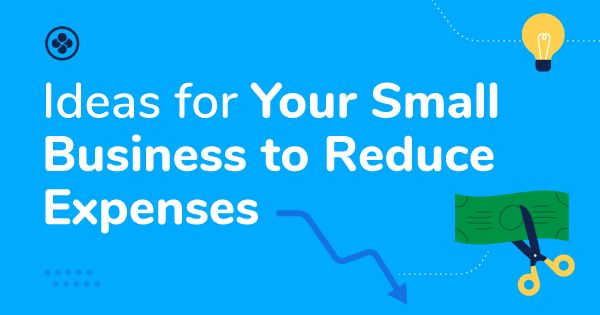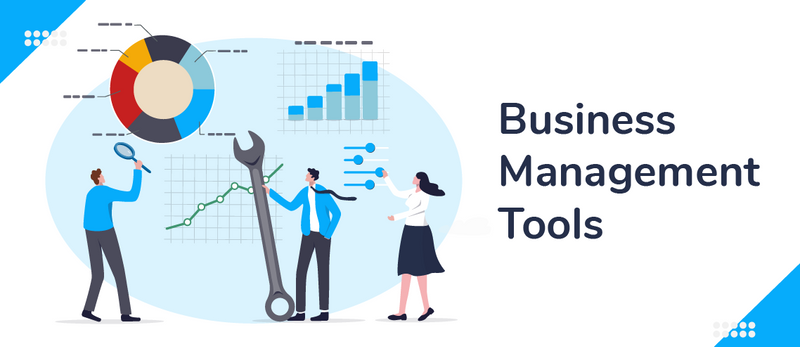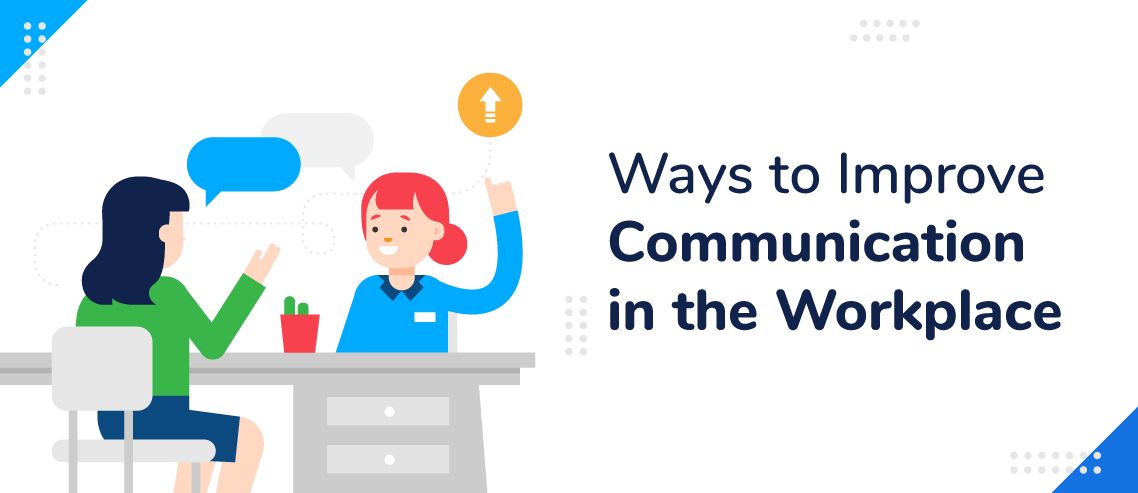The Pros and Cons of Raising the Minimum Wage in the US

The United States federal minimum wage remains static at $7.25 per hour, a figure that hasn’t seen an increase since 2009.
But with the cost of living consistently increasing nationwide, is this wage enough for America’s industrious workforce to sustain a decent standard of living?
This question has ignited fiery discussions among politicians, economists, and the public at large. Some advocate for increasing the minimum wage as a solution to economic disparity, while others express worries about the potential adverse effects of such a decision.
In this article, let’s delve into both sides of the argument and shed some light on the possible advantages and drawbacks of raising the minimum wage in today’s economic climate.
What Is Minimum Wage?
The minimum wage is the lowest amount that an employer can pay their employees for an hour of work. It is set by federal, state, or local laws and varies depending on geographic location and industry.
Currently, the federal minimum wage in the US stands at $7.25 per hour, while some states have set their own minimum wage rates higher to reflect the cost of living in those areas. For example, the minimum wage in the state of New Jersey is $14.13.
How Has the Minimum Wage Changed in the Past?
The journey of the U.S. federal minimum wage began in 1938 when the Fair Labor Standards Act (FLSA) set it at a mere $0.25 per hour. Since then, the rate has seen multiple upward adjustments.
By 1956, it had reached $1.00 per hour and by 1974, it doubled to $2.00 per hour. The 1980s experienced a slower climb, peaking at $3.35, a rate that persisted for nearly a decade. The 1990s then brought a series of increments, with the minimum wage ultimately settling at $5.15 by 1997. It wasn’t until the late 2000s that the minimum wage saw significant hikes, reaching its 2009 level of $7.25 per hour.
Unfortunately, despite this upward trajectory, the minimum wage has not kept pace with inflation or the cost of living. When adjusted for inflation, the peak value of the minimum wage in real terms was back in 1968, when it was $1.60 per hour, equivalent to about $12 in today’s economy.
This discrepancy between the minimum wage and the cost of living is a key factor fueling the current debates about raising the minimum wage.
10 Pros of Raising the Minimum Wage
Now that we have a better understanding of the history and current state of minimum wage in the US, let’s explore some potential advantages of raising it.
1) Better Quality of Life for Minimum Wage Workers
Increasing the minimum wage can significantly improve the living standards for nearly a million workers who, in 2022, were earning at or below the set minimum. With higher wages, these workers may have more financial stability, allowing them to afford basic necessities such as food, housing, and healthcare more easily.
2) Reduced Income, Gender, and Racial Inequalities
Since women and people of color are more likely to hold minimum wage jobs, raising the minimum wage can help reduce income, gender, and racial inequalities.
According to a study by Pew Research Center, nearly two-thirds of minimum wage earners are women and a higher proportion of Black or Hispanic workers were paid at or below the federal minimum.
3) Increased Consumer Activity
Raising the minimum wage can also stimulate consumer spending, as workers with higher wages have more disposable income to spend on goods and services. This increased demand can lead to an economic boost for businesses.
According to a study by the Federal Reserve Bank of Chicago, for every $1.0 increase in the minimum wage, minimum wage households increased spending by approximately $700 per quarter.
4) More Jobs
There is a common assumption that raising the minimum wage will lead to job losses, but studies have shown otherwise. In fact, raising wages can potentially create new jobs as businesses experience increased demand and are forced to expand their operations.
5) Reduced Poverty Levels
A study by the Congressional Budget Office found that raising the minimum wage to $10.10 per hour would lift roughly 900,000 people out of poverty. With millions of Americans living in poverty and struggling to make ends meet, this can be a significant benefit of increasing the minimum wage.
6) Reduced Crime Rates
With higher wages, individuals may be less likely to resort to criminal activities as a means of making ends meet. This benefit not only improves the lives of individuals but also contributes to creating safer communities.
7) Increased Federal Revenues
As wages increase, so do federal income tax revenues. This can potentially offset any costs associated with raising the minimum wage while also providing funds for critical government programs and services.
8) Increased Workplace Productivity and Retention
Higher wages can also lead to increased productivity and retention rates in the workplace. When workers feel they are being fairly compensated, they may be more motivated to perform well and stay with their current employer. This can lead to a more stable workforce, reducing turnover costs for businesses.
9) Reduced Welfare Spending by the Government
An increase in the minimum wage could potentially decrease the population’s reliance on government welfare programs, resulting in long-term savings for taxpayers.
For instance, if wages were raised to $10.10 per hour, it could lead to an annual saving of approximately $4.6 billion on food stamp (SNAP) benefits for the U.S. government, as reported by The Center for American Progress.
10) Improved Social Mobility
Raising the minimum wage can also have long-term benefits for individuals and communities, such as improved social mobility. With higher wages, people may have more opportunities to further their education, gain new skills, and move up the socioeconomic ladder.
10 Cons of Raising the Minimum Wage
Raising the minimum wage also has its share of potential drawbacks. Let’s take a look at ten important concerns raised by opponents of increasing the minimum wage.
1) Higher Housing and Consumer Good Prices
One potential concern is that wage increases could trigger a rise in housing and consumer goods prices. Businesses might offset the cost of higher wages by transferring it onto consumers, potentially leading to inflation and nullifying the effect of the wage increase.
For instance, a study conducted by Harvard Business School revealed that restaurant prices, particularly those in lower-tier establishments, saw an increase following a hike in the minimum wage.
2) Increased Automation
Another concern is that businesses may turn to automation as a means of cutting labor costs if the minimum wage is increased. This could lead to job losses in certain industries, particularly those with lower-skilled positions.
3) More Outsourcing
Some opponents also argue that an increase in the minimum wage could result in companies outsourcing jobs to countries with lower labor costs. For example, businesses in the US can outsource customer service or manufacturing jobs to countries like India and China where labor costs are lower.
4) Reduced Opportunities for New Workers
An increase in the minimum wage would also increase the cost of hiring new workers, which could lead to reduced opportunities for people with limited work experience or skills. This decrease in entry-level jobs can be a concern for young workers who may struggle to find employment.
5) Restricted Working Hours
A higher minimum wage could prompt some businesses to cut their employees’ working hours, as observed in Seattle. This adjustment could potentially lead to a drop in the total take-home pay for workers, impacting their financial stability negatively.
6) Reduced Employee Benefits
In another bid to offset the costs of increased wages, some businesses could reduce employee benefits such as health insurance, retirement plans, and paid time off. This would, again, negatively affect workers, particularly those who rely on these benefits.
7) Impact on Small Businesses
While larger businesses may have the financial stability to absorb increased labor costs, small businesses with limited resources may struggle to keep up with higher wages. This could lead to cutbacks in other areas or even closures, potentially harming the economy.
8) Reduced Drive for Advanced Training
People go for advanced training to acquire more skills and advance in their careers. With increased wages, workers may be less motivated to pursue these opportunities as they may feel comfortable with their current income. This could lead to a decline in the overall skill level of the workforce.
9) Impact on Nonprofits and Government-Funded Programs
Nonprofits that rely heavily on low-wage workers — such as childcare providers and home health aides — could struggle to keep up with increased wages, putting a strain on their ability to provide essential services. In addition, government-funded programs such as Medicaid may also face financial challenges due to higher labor costs.
10) Maintained Regional Disparities
Certain regions in the US have a higher cost of living than others. Raising the minimum wage universally may not address these regional disparities and could potentially lead to job losses or business closures in areas with already struggling economies.
How to Deal With an Increase in Minimum Wage as a Business Owner?
As a business owner, you might find yourself at a disadvantage with an increase in the minimum wage. However, there are strategies you can implement to dampen the effect of this hike on your profitability.
Here are five important considerations:
- Evaluate your current labor expenses: The first step should be to evaluate your current labor expenses and determine how much an increase in the minimum wage would impact your costs. This will help you plan and make necessary adjustments.
- Cut non-essential expenses: You should reduce your business’s non-essential expenses to help offset the cost of higher wages. This could include reducing marketing budgets or renegotiating vendor contracts.
- Increase prices: Some businesses may choose to raise their prices in response to increased labor costs, but this should be done carefully to avoid losing customers.
- Explore automation options: While not suitable for all industries, automation can be a viable cost-cutting solution for certain businesses. For example, using self-checkout kiosks in retail stores.
- Consider outsourcing: In some cases, outsourcing tasks or services to countries with lower labor costs may be a feasible option. For example, you can outsource your business’s call center operation to a low-wage country such as India or Pakistan.
FAQs
Is Minimum Wage Meant to Be a Living Wage or a Starting Wage?
The concept of minimum wage was created to ensure that workers are able to earn a living and support themselves and their families. However, with the rising cost of living, some argue that the minimum wage should be higher to truly serve this purpose.
Does an Increase in Minimum Wage Reduce Poverty?
Increasing the minimum wage has the potential to reduce poverty, as it increases the earnings of the lowest-paid workers. A report from the Congressional Budget Office (CBO) suggested that a minimum wage hike to $15 by 2025 could pull 0.9 million people out of poverty.
Who Benefits the Most From Minimum Wage Increases?
Minimum wage increases mainly help those in low-income, part-time, or entry-level jobs. This is especially true for people who depend on these wages as their main income source.
Furthermore, groups that have traditionally been marginalized, such as women and racial/ethnic minorities, often see disproportionate benefits from minimum wage hikes, as they are more likely to be in low-wage jobs.
Is It Good or Bad to Raise the Minimum Wage?
The impacts of hiking the minimum wage remain debated. On one side, it could enhance living standards for low-wage workers, reduce poverty, and possibly stimulate consumer spending.
At the same time, it could potentially cause job losses, inflate prices, and burden small businesses. The effects largely hinge on the scale of the rise and the prevailing economic conditions.
Is Minimum Wage the Same for All Workers?
No, the minimum wage can vary based on several factors. Besides the federal rate, states can establish their own rates. Some cities, especially the high-cost ones, have their own minimum wage standards too.
Additionally, groups like tipped workers may have a lower minimum wage, provided the tips make up the difference.
JD enjoys teaching people how to use ZoomShift to save time spent on scheduling. He’s curious, likes learning new things everyday and playing the guitar (although it’s a work in progress).



